I had hip and knee pain when I ran until I did these two trainer-approved things
Peloton instructor Jermaine Johnson swears by these two things to improve running performance
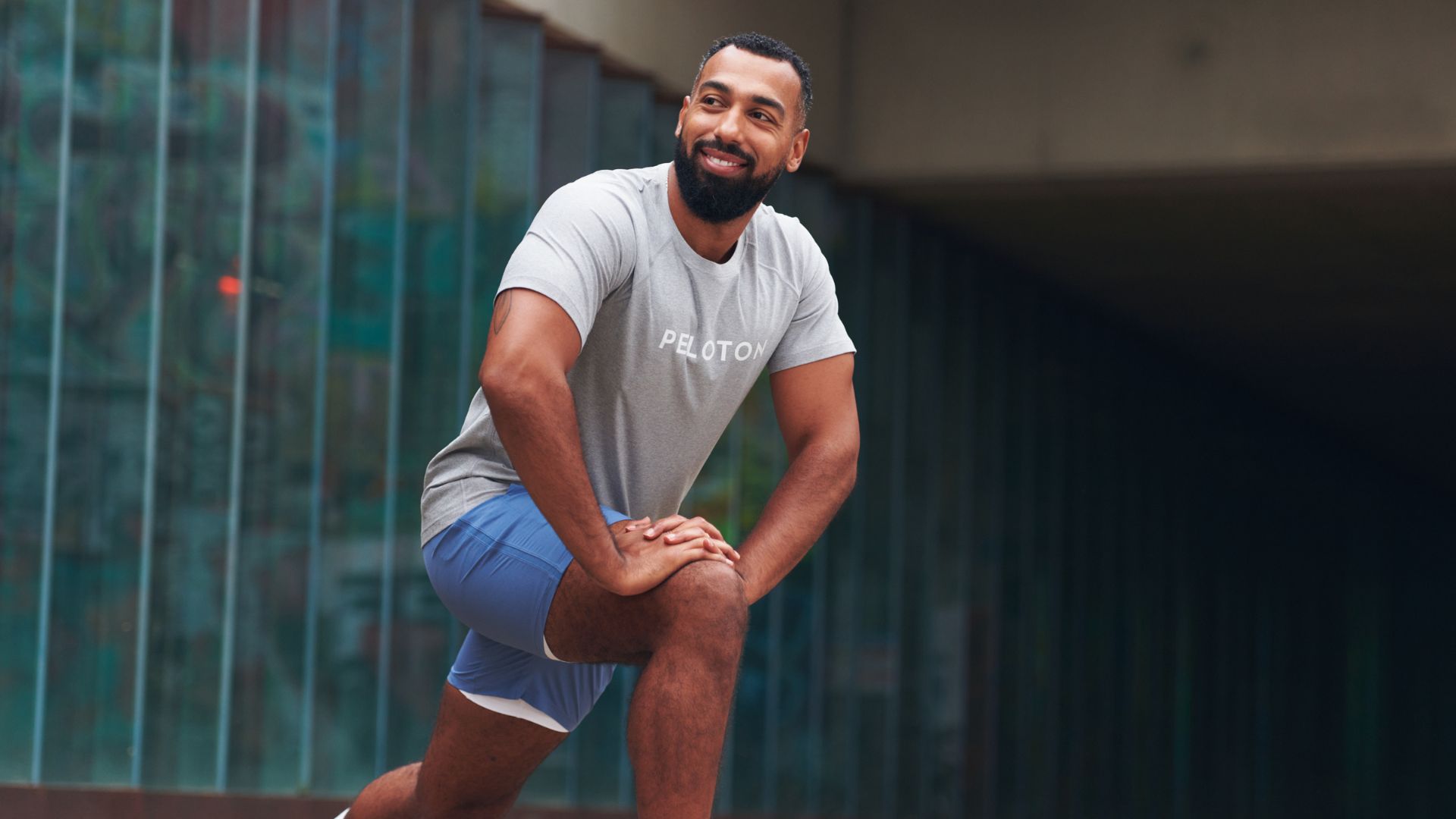

I took part in a running challenge recently, and I noticed that my left knee and hip were feeling uncomfortable during every session. It’s not that surprising as I'm out of practice. Since becoming a mom, I've swapped out running for strength workouts at home—because there's no need for childcare!
Knee and hip issues are common complaints for runners because of the repetitive and high-impact movements, which can be exacerbated by improper form, inadequate strength, poor flexibility and not warming up enough can also be to blame.
I spoke to NASM-certified personal trainer, and Peloton instructor, Jermaine Johnson to find out what I could do to reduce the stress on my knee and hip.
1. Stretching
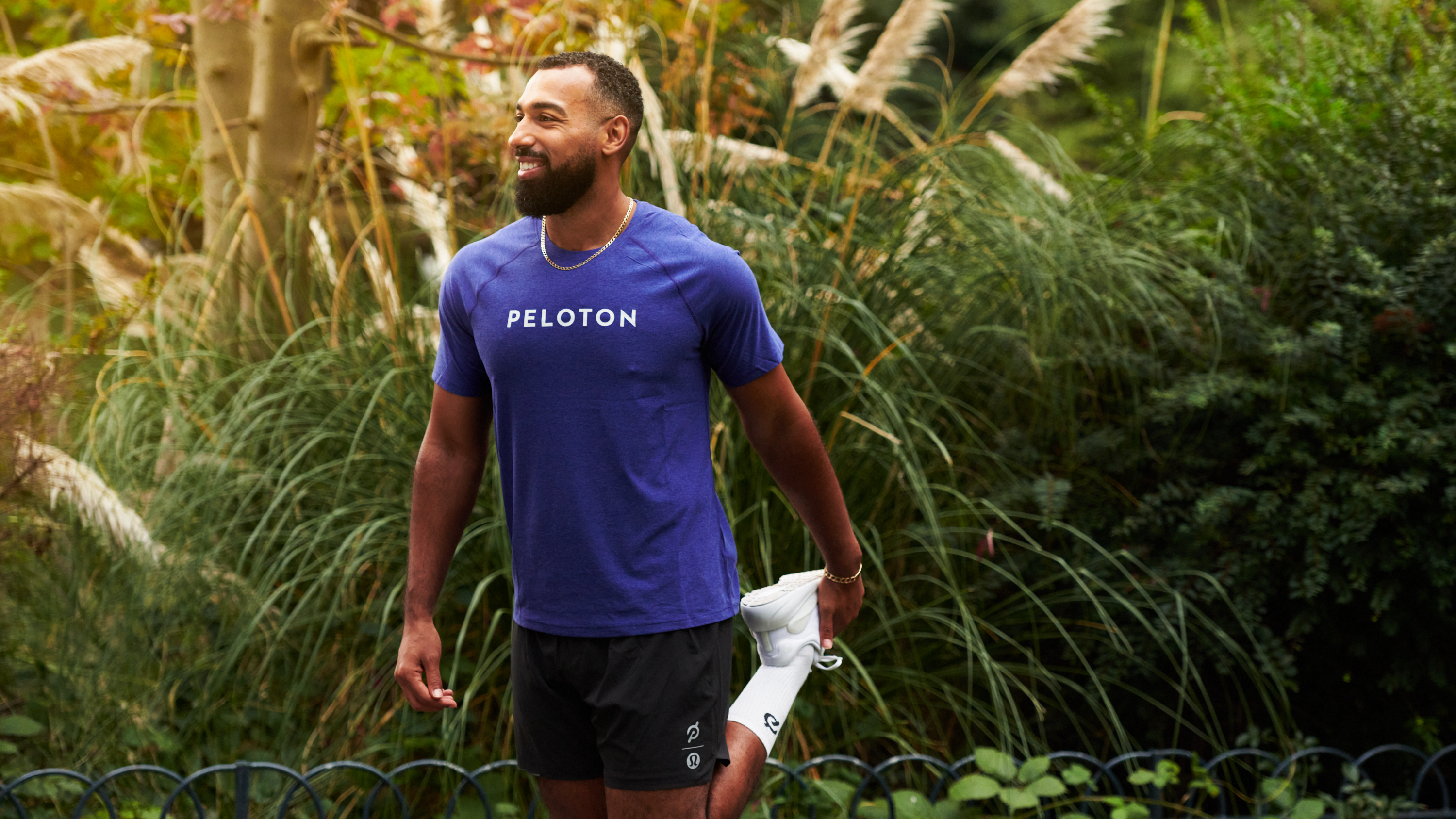
“We should definitely be incorporating stretching, but it needs to be specific,” Johnson tells Fit&Well. “I recommend dynamic stretches before a run. Things like leg swings, hip circles and walking lunges to get the body moving.
“Then you need to do static stretches post-run. Focus on the hip flexors, quads, hamstrings, calves and glutes,” says Johnson. “Aim for around 30-60 seconds per stretch. Do two or three rounds, depending on tightness."
2. Strength training
If you want to strengthen the hips and knees run better, then Johnson advises taking a comprehensive approach to fitness. That means building muscle throughout the body, not just the legs.
“Strength training is crucial, not just for injury prevention, but to improve running performance," says Johnson.
Get the Fit&Well Newsletter
Start your week with achievable workout ideas, health tips and wellbeing advice in your inbox.
“I’d look at exercises like glute bridges, single-leg Romanian deadlifts, step-ups, Bulgarian split squats, banded lateral walks and controlled bilateral squats. These all help strengthen the hips, knees and stabilizing muscles around the joints.”
Johnson recommends doing strength work two to three times a week. “And it doesn’t need to be long, even 20–30 minutes is effective,” says Johnson.
“When it comes to running, a lot of injuries come from doing too much, too soon.”
Jermaine Johnson
“Don’t forget the core. A strong core helps with running posture and stability, which in turn, takes pressure off the knees and hips. Think about exercises like planks, dead bugs and controlled rotational work.”
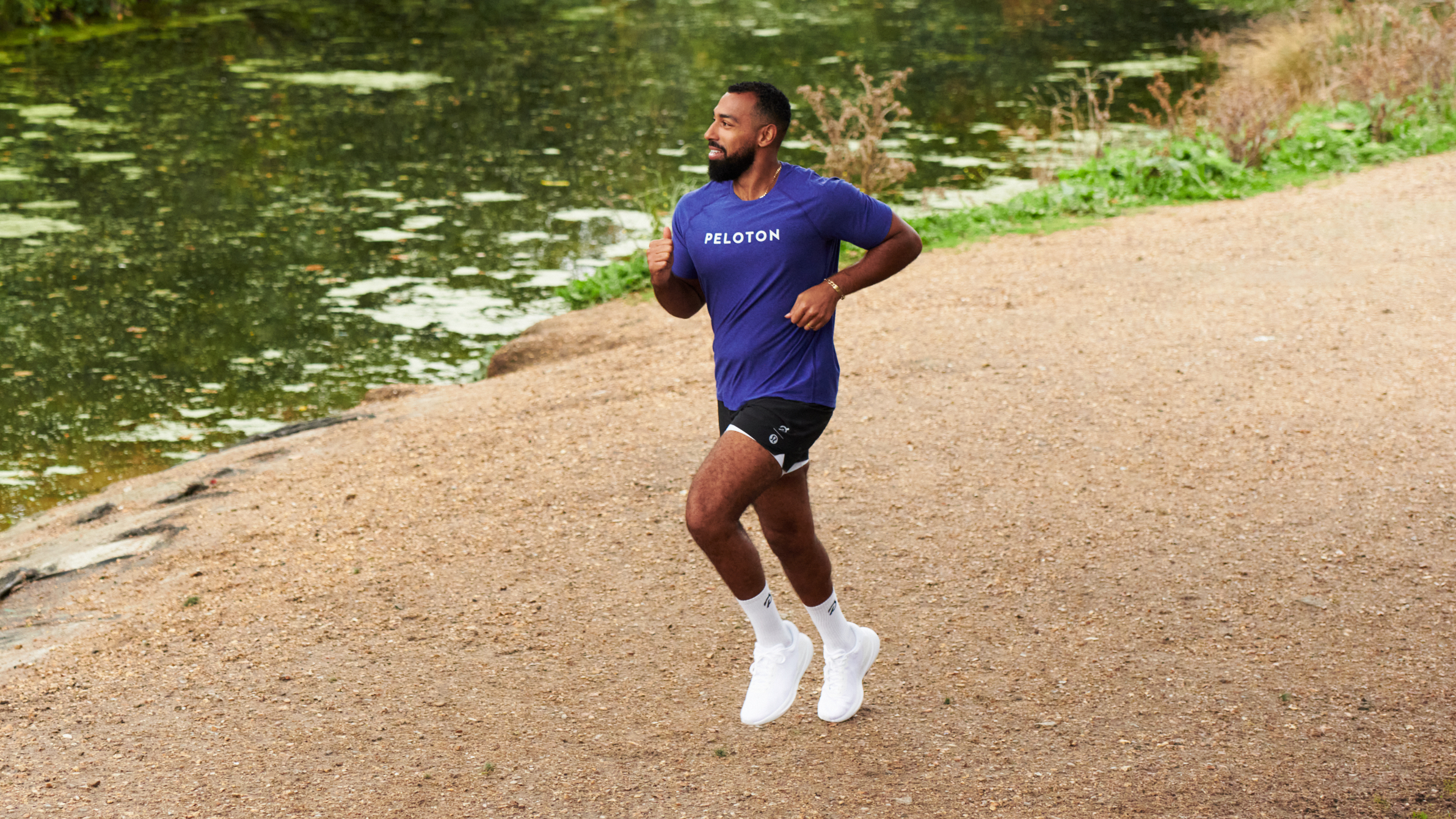
Gradually building up your runs to mitigate these body pains is also important. “When it comes to running, a lot of injuries come from doing too much, too soon.” explains Johnson.
"For beginners, or runners returning from a break, I’d suggest starting with shorter runs or even run-walk intervals. Increasing volume slowly and gradually, around 10% per week is a safe rule of thumb. Lastly, don't underestimate the importance of recovery days.”
How it helped me
I introduced Johnson’s dynamic stretches to my warm-up, and the static cool down moves when I got back. I did all of the stretches he recommended for at least 10 minutes at the start and also the end of my run.
This was a significant change to my routine. I usually skipped the warm-up altogether and did a token two minutes of stretching when I got home.
It only took a week of this new routine to notice the difference. I could run for longer pain-free and it was only after a longer run of 45 minutes or more that the knee and hip niggles would come back, but not as bad as previously.
Since doing more running-focused strength training, I also found my knee and hip pain significantly reduced. I did each of Johnson’s exercises for three sets of 12 reps, a minimum of twice a week (three times if I could squeeze them in).
It’s made a noticeable difference, so I’ll be keeping this up, regardless of whether I stick to my running routine or not.
Maddy Biddulph is a freelance journalist specializing in fitness, health and wellbeing content. With 26 years in consumer media, she has worked as a writer and editor for some of the bestselling newspapers, magazines and websites in the US and UK.
She is also a qualified L3 personal trainer and weight loss advisor, and helps women over 40 navigate menopause by improving their physical and mental strength. At Maddy Biddulph Personal Training, she runs one-to-one and small group training for menopausal women who want to get fit to ease symptoms and feel like themselves again.
-
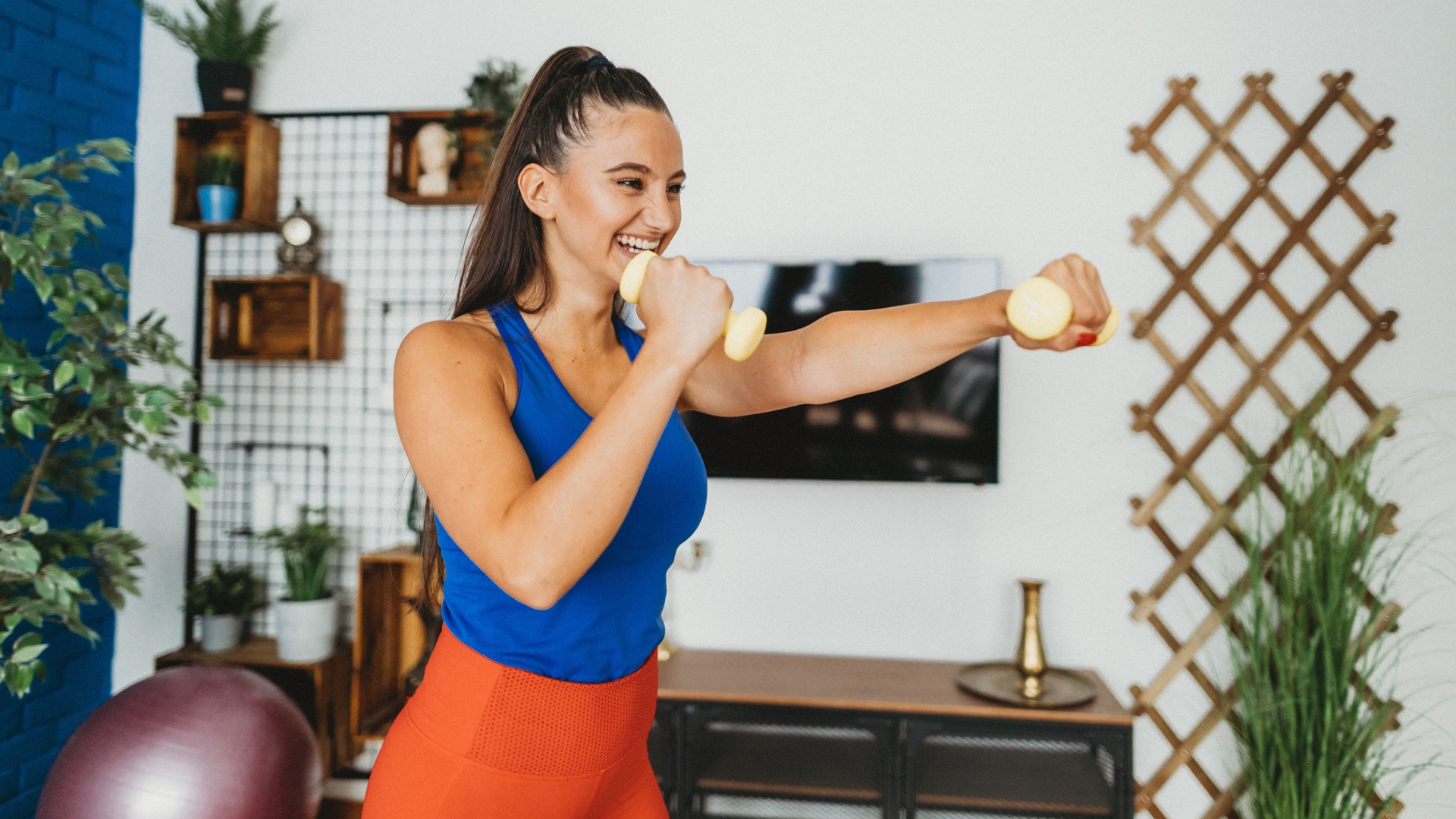 Improve your heart health with this joint-friendly, no-jumping cardio workout
Improve your heart health with this joint-friendly, no-jumping cardio workoutBuild cardiovascular strength without stressing your joints
By Maddy Biddulph
-
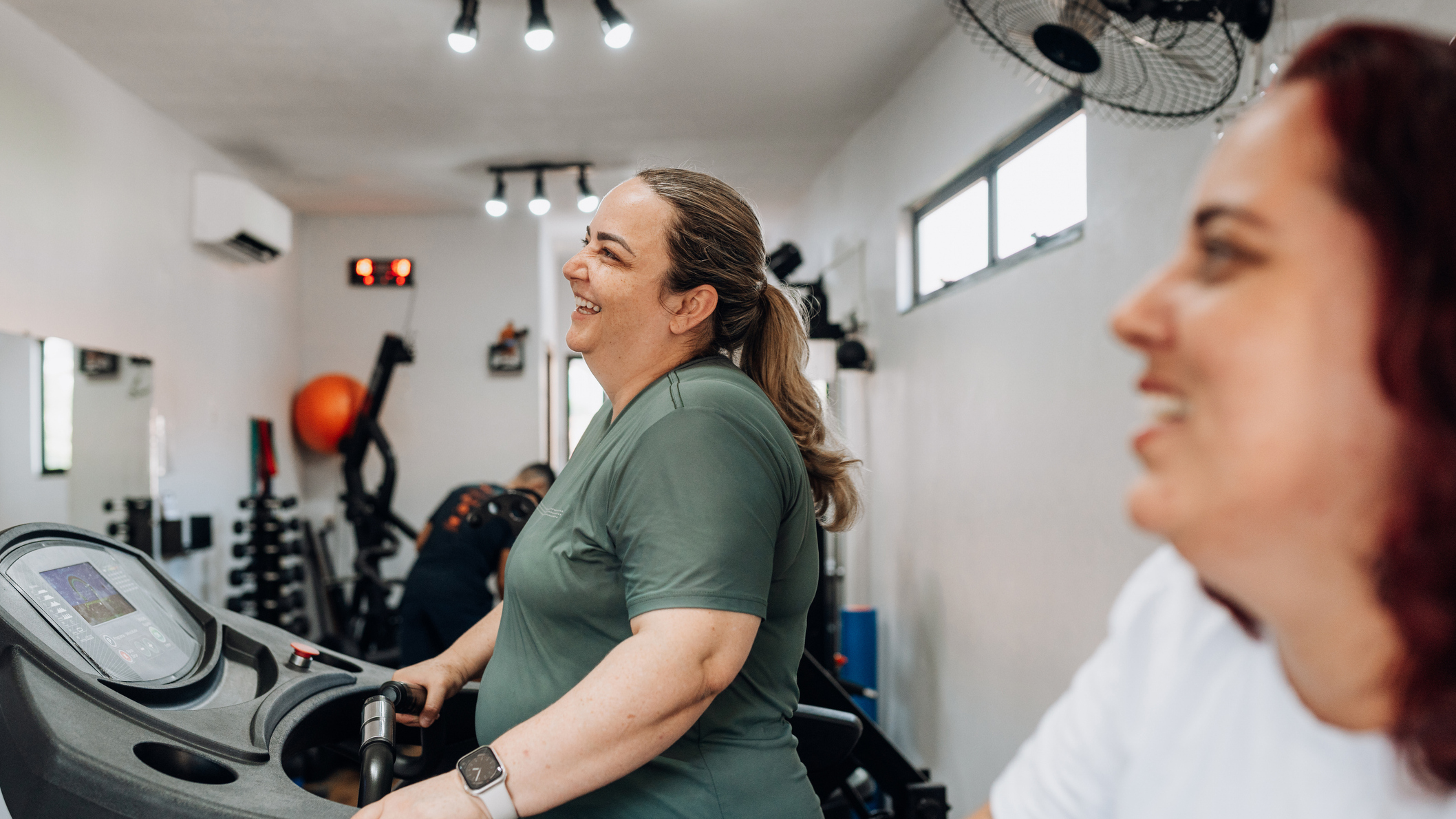 I asked a walking coach how she felt about the 12-3-30 walking workout—here’s why she never recommends it to her clients and what you should be doing instead
I asked a walking coach how she felt about the 12-3-30 walking workout—here’s why she never recommends it to her clients and what you should be doing insteadTrending workouts can be tricky to navigate, especially when they’re not beginner-friendly
By Lou Mudge